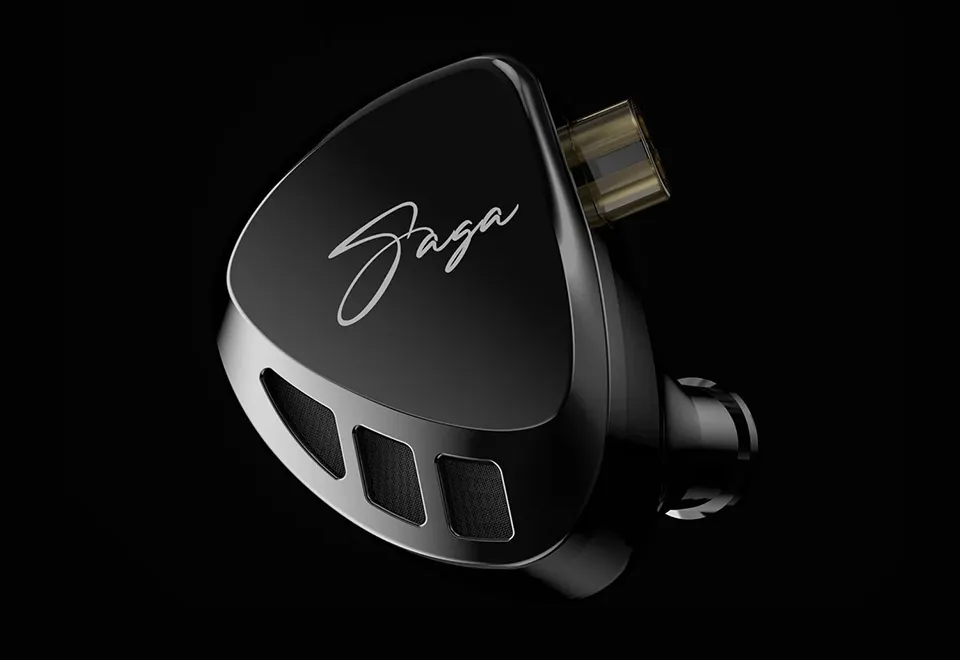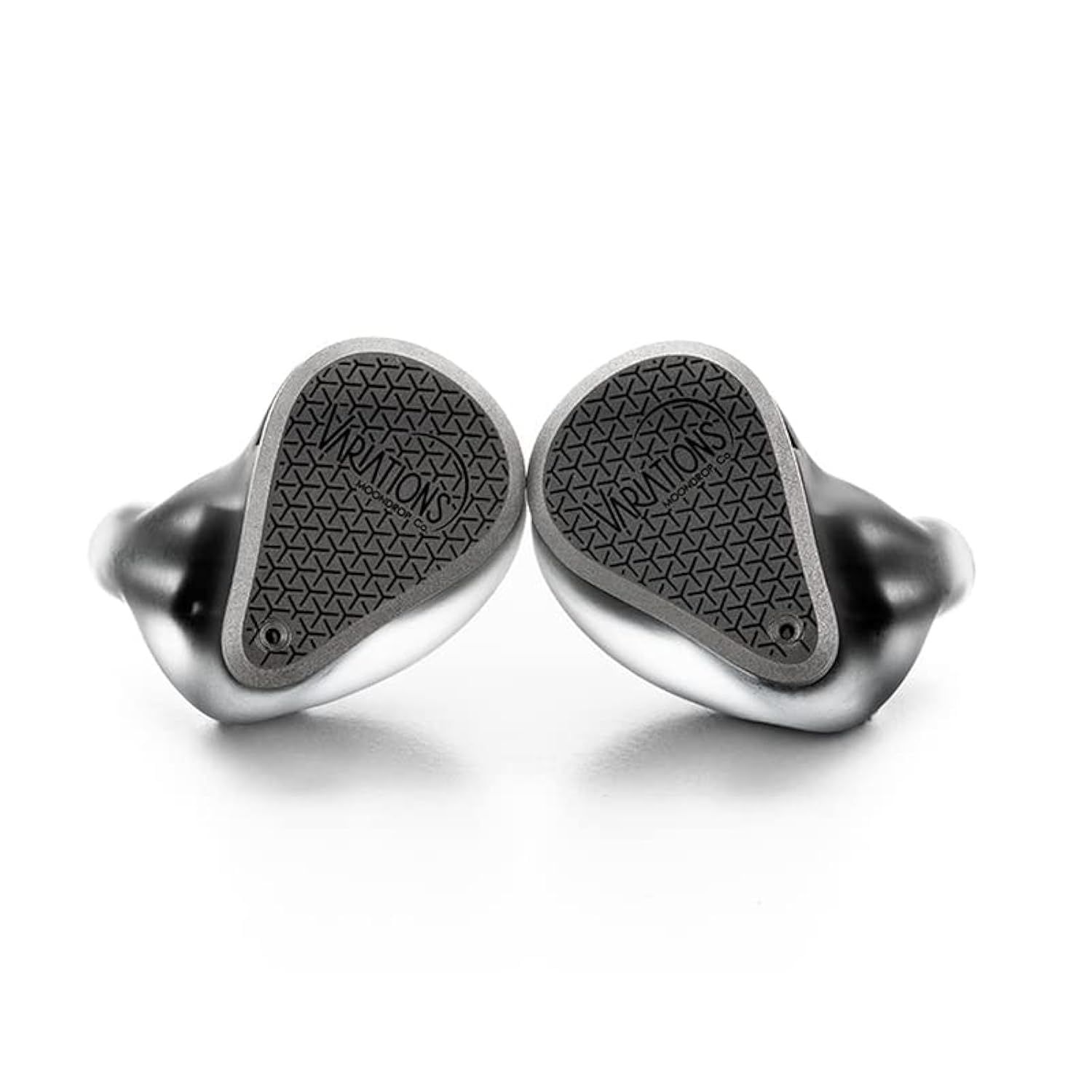Sagavs.Variations
Sound & Specs Comparison
Information
Both IEMs are widely regarded in the audiophile community. See how they differ in terms of sub-bass response, upper mids, clarity, and overall tonality. Spider charts and rating breakdowns included.
Objective Comparison
Facts, details, stuff.
| General Info | Saga | Variations |
|---|---|---|
| Brand | KZ Earphones | Moondrop |
| Country | China | China |
| IEM Description | The KZ Saga is a single dynamic driver IEM designed for listeners who enjoy a bold and engaging sound. With its punchy bass and crisp treble, it leans into a fun, slightly V-shaped tuning that works well across modern genres. Despite its simplicity, it delivers a surprisingly open sound with decent detail and separation, all packed into a durable and comfortable shell. | Moondrop Variations is a hybrid in-ear monitor combining electrostatic, balanced armature, and dynamic drivers for a precise and immersive listening experience. Known for its balanced, reference-style tuning with tight bass, clean mids, and extended treble, it’s a favorite among audiophiles who crave clarity and technical performance. Ideal for detail lovers and those seeking a high-fidelity sound signature. |
| Price Level | < 100 | 500 – 1.000 |
| Housing & Driver | ||
|---|---|---|
| Driver Config | Single Dyn. Driver | Tribrid |
| Driver Types | Dynamic Driver | Dynamic Driver + Balanced Armature + Electrostatic |
| Shell Material | – | Copper |
| Cable | – | – |
| Technical | ||
|---|---|---|
| Freq Range | – | 9-40,000 Hz |
| Impedance (Ω) | – | – |
| Sensitivity (dB) | – | – |
| Crossover | – | – |
| Platform Info | ||
|---|---|---|
| Comments | 0 | 1 |
| Visit Count | 68 | 69 |
| External Reviews | 0 | 3 |
Meta Ratings
// Nothing to compare yet.
Sound Characteristics
Low-frequency extension on Saga feels c more natural and authoritative, while Variations lacks some reach (9.5 vs 6.5). It renders bass with a greater punch and separation, where Variations sometimes feels bloated (8.5 vs 6.5). Listeners may find the low-end impact on It s more engaging during high-dynamic passages (9 vs 8.5). Variations achieves a better warmth and coherence in the lower mids, bringing more realism to guitars and cellos (7.5 vs 5.5). It strikes a n better balance between presence and smoothness in the upper mids compared to Saga (8 vs 5). Instruments like violins and brass are portrayed with n more brilliance on It, while Saga sounds slightly dull (7.5 vs 6.5). It extends n further into the upper treble, adding air and openness that Saga lacks (8 vs 7). It creates a a wider soundstage, giving instruments more space and a better sense of placement than Saga (7.5 vs 6.5). It extracts low-level details a more effectively, helping subtle nuances emerge clearer than on Saga (8 vs 6). Track elements feel d more isolated and clean on It, offering clearer focus than Saga (7 vs 5). It keeps competing frequencies under control m more effectively, reducing sonic congestion compared to Saga (7 vs 5). Notes on It feel m more grounded and weighty, whereas Saga can sound thin or hollow (8 vs 6.5). The upper range of vocals is overwhelmingly cleaner and more forgiving on It, helping it avoid sibilant harshness that Saga shows (9 vs 4.5). Saga achieves a better tonal neutrality, avoiding colorations present in Variations (7.5 vs 7).
| Saga | Variations | |
|---|---|---|
| Sub Bass | 9.5 | 6.5 |
| Bass | 8.5 | 6.5 |
| Bass Feel | 9.0 | 8.5 |
| Lower Mids | 5.5 | 7.5 |
| Upper Mids | 5.0 | 8.0 |
| Lower Treble | 6.5 | 7.5 |
| Upper Treble | 7.0 | 8.0 |
| Sound Stage Width | 6.5 | 7.5 |
| Detail | 6.0 | 8.0 |
| Layering | 5.0 | 7.0 |
| Masking | 5.0 | 7.0 |
| Note Weight | 6.5 | 8.0 |
| Slam | 8.5 | 8.5 |
| Sibilance | 4.5 | 9.0 |
| Timbre Color | 7.5 | 7.5 |
| Tonality | 7.5 | 7.0 |
| Texture | 7.5 | 7.5 |
Tonal Signature
// Nothing to compare yet.

